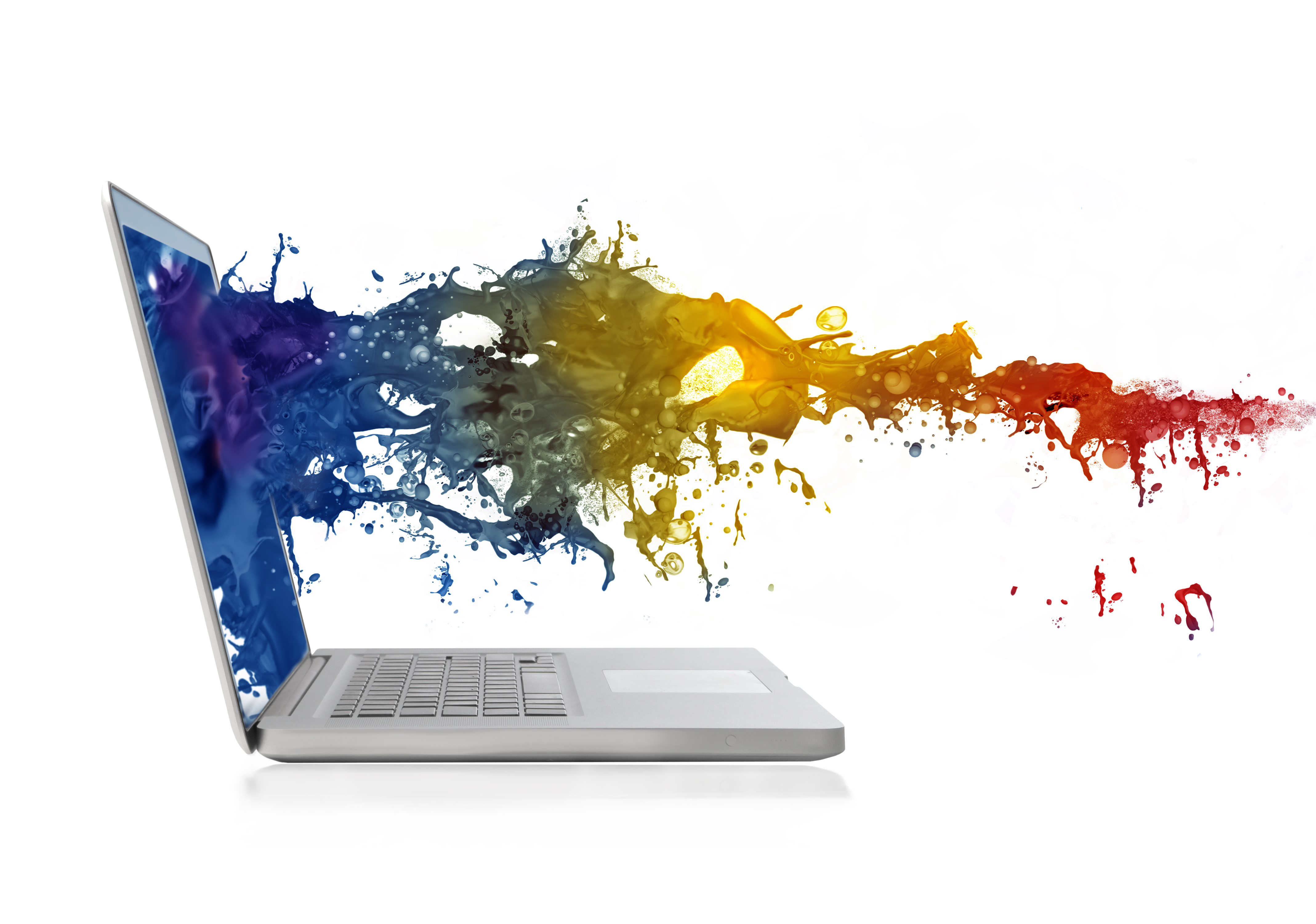
It is widely believed that ongoing advances in artificial intelligence (AI) mean that a number of jobs now performed by human beings will soon be computerised. Many experts believe, however, that creativity and the arts are areas that AI may never penetrate.
A recent report from UK-based innovation charity Nesta argued that, in the face of growing automation, countries should nurture their creative economies as they will provide precious opportunities for human employment in future.
“Human labour still holds the comparative advantage in creative work, involving valued originality, and is likely to continue to do so for some time yet,” the report said.
The idea that computers cannot create art makes intuitive sense. Art is abstract, expressive, cultural; it depends on mood, nuance and emotion—the very opposite of the rational, logical qualities we ascribe to computers.
In fact, computers have been creating art—or something like it—for decades. In 1973, US artist Harold Cohen wrote a computer programme called AARON that paints pictures of increasing sophistication. It began with simple abstract paintings but by the 1990s had “learned” a more representative style. AARON’s work has been displayed at such prestigious galleries as London’s Tate Britain.
AARON applies a set of rules, pre-determined by Mr Cohen, to generate new images. This is not ‘creating’ art, as most people would describe it. But why not? What is the defining feature of the human creativity that AARON lacks? Is it simply the fact that it is made by a human?
For Mark Riedl, associate professor at the Georgia Institute of Technology, there is no reason why a computer could not be creative. "Creativity is not unique to human intelligence, but it is one of the hallmarks of human intelligence,” he says.
Prof. Riedl proposes the concept of artificial creativity, akin to artificial intelligence. This could be tested he says, using an alternative to the Turing Test, the AI benchmark that asserts that if a computer system can fool a human being into thinking it is human itself, then it can be said to be truly intelligent.
The Lovelace 2.0 Test asks whether a computer can create an artefact—a poem, story, painting or architectural design—that expert and unbiased observers would conclude was designed by a human.
Perhaps the reason why we do not consider computers to be creative is simply because they have so far been designed to help us with more logical cognitive tasks. If creativity really does become the currency of our future economy, that could well change.
Do you think it possible for artificial intelligence to produce real art? Join the discussion on the Future Realities LinkedIn group, sponsored by Dassault Systemes.
 The views and opinions expressed in this article are those of the authors and do not necessarily reflect the views of The Economist Intelligence Unit Limited (EIU) or any other member of The Economist Group. The Economist Group (including the EIU) cannot accept any responsibility or liability for reliance by any person on this article or any of the information, opinions or conclusions set out in the article.
The views and opinions expressed in this article are those of the authors and do not necessarily reflect the views of The Economist Intelligence Unit Limited (EIU) or any other member of The Economist Group. The Economist Group (including the EIU) cannot accept any responsibility or liability for reliance by any person on this article or any of the information, opinions or conclusions set out in the article.




